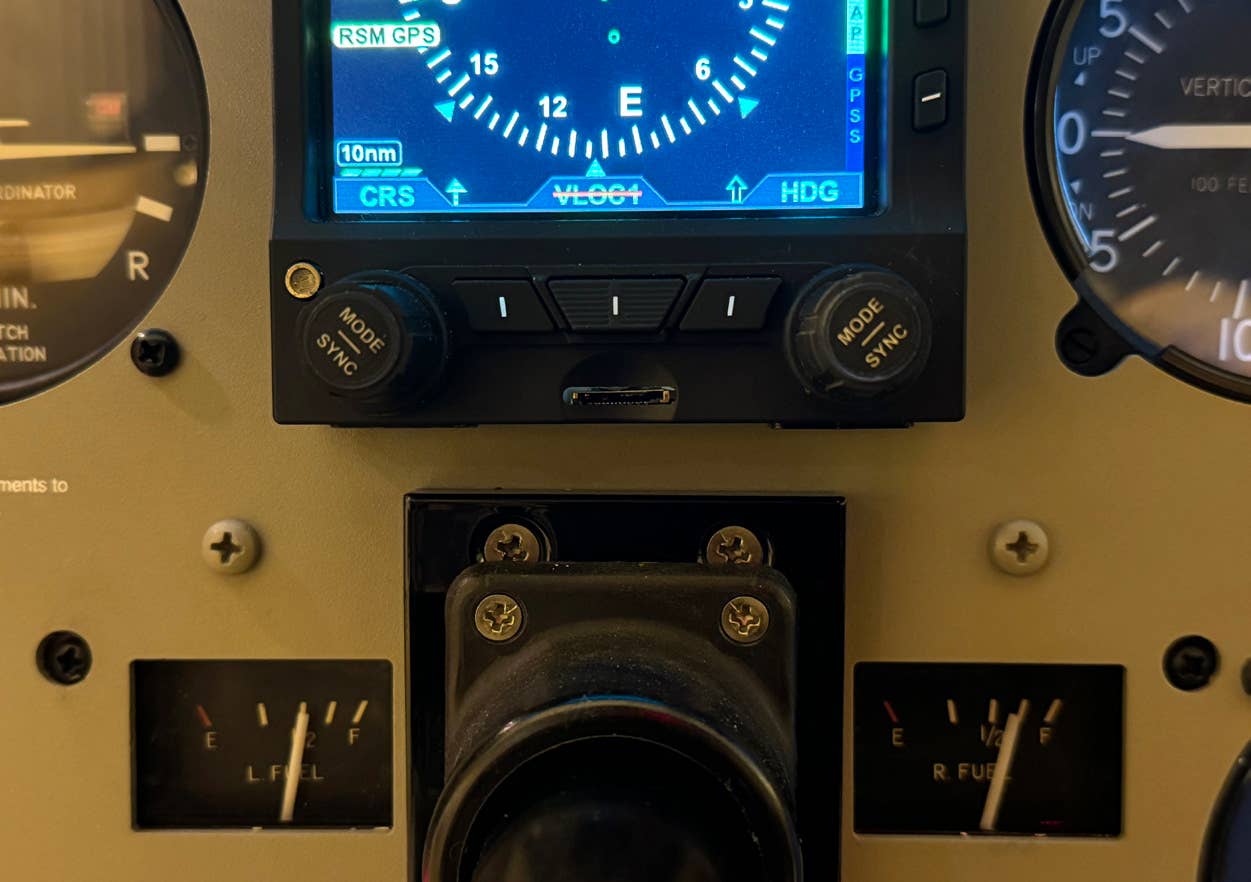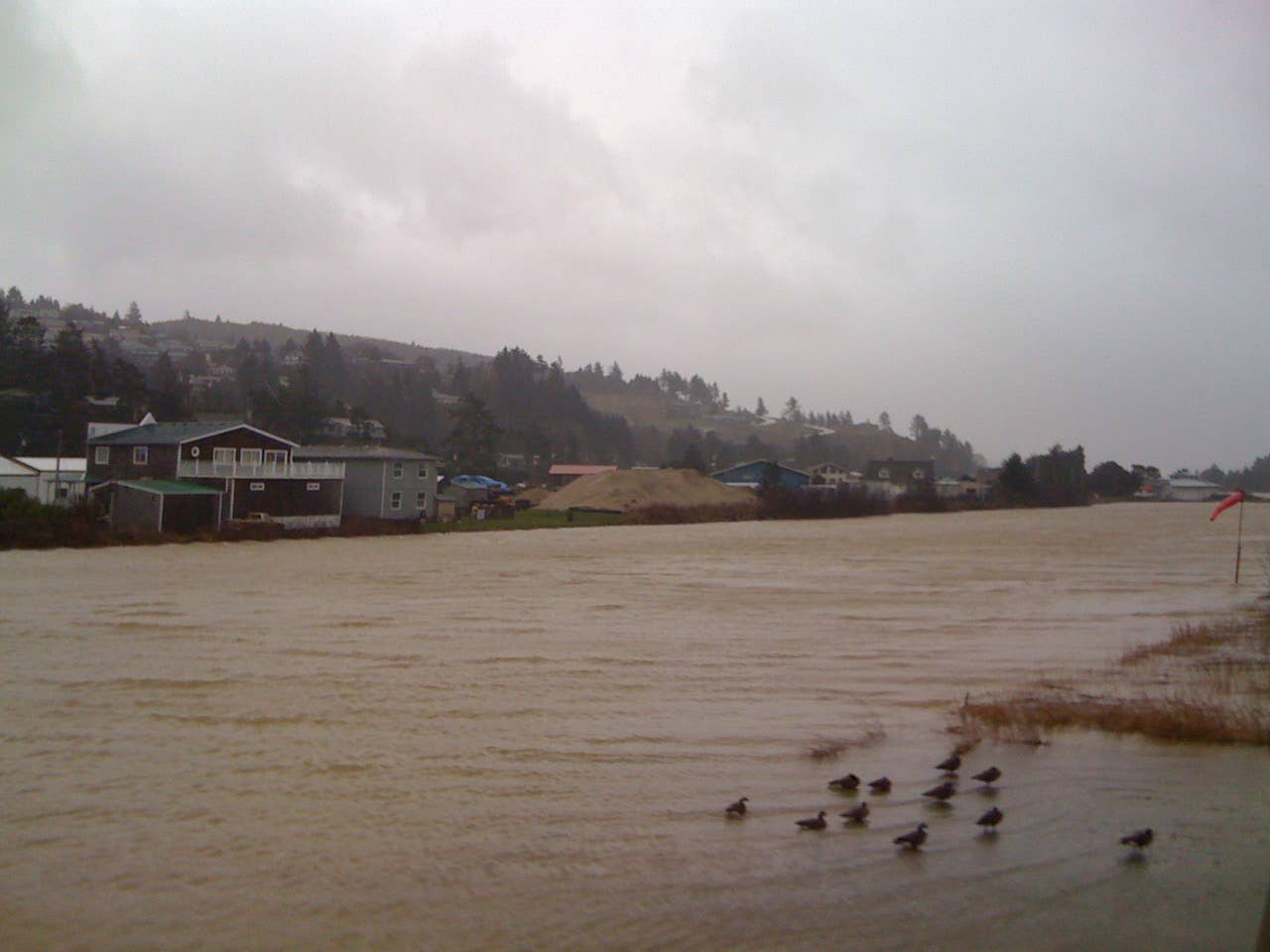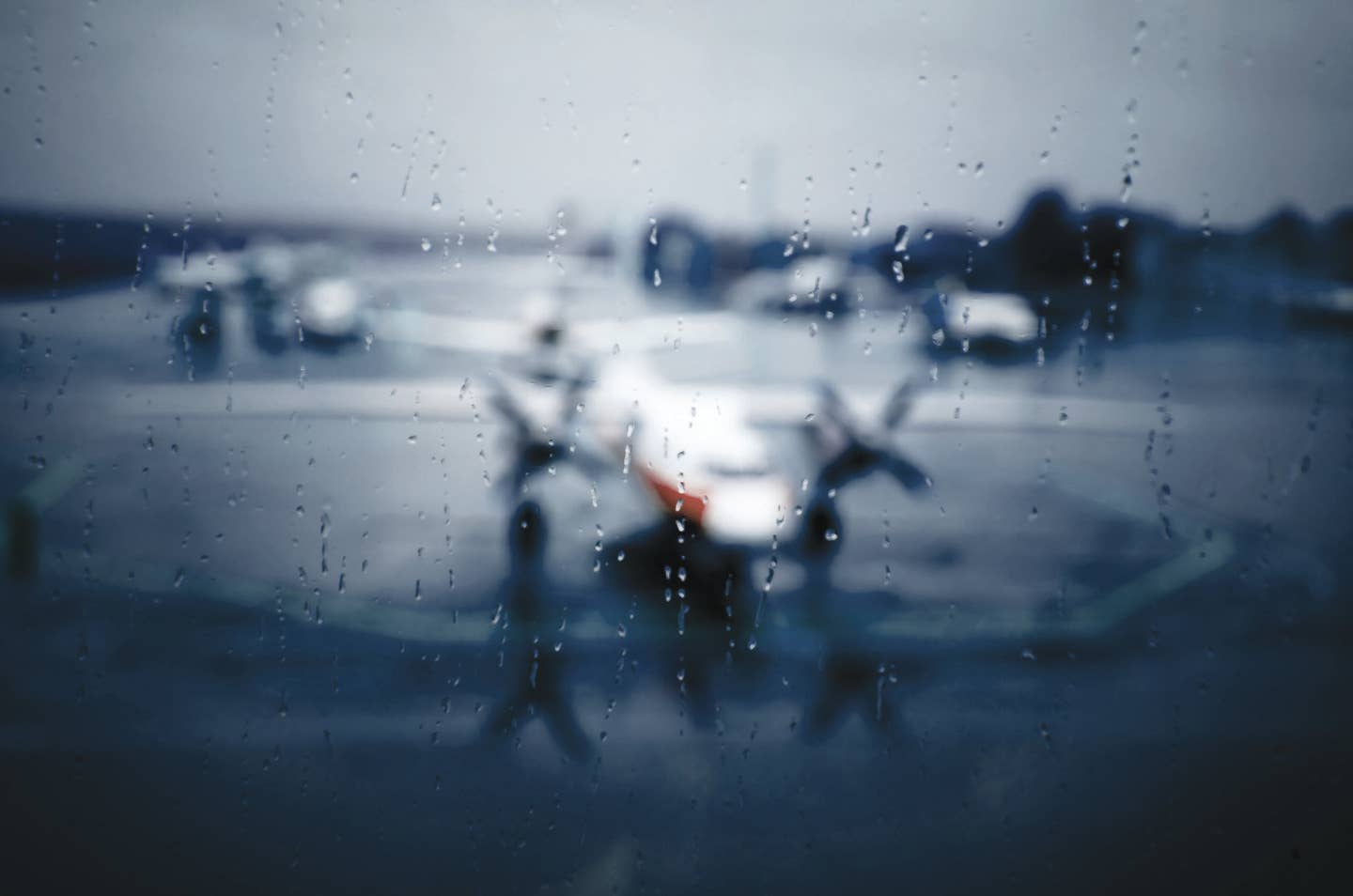
Mark Phelps
The title of a short Associated Press article in a USA Today dated Nov. 30, 2009, said, "Pilots flying on empty baffle NTSB." Tom Haueter, director of the NTSB's Office of Aviation Safety, was quoted as saying, "It's surprising to me that there's a group of pilots who will knowingly push it, thinking, 'I can make it the last couple of miles,' and come up short."
It is not at all surprising to me that pilots run out of gas, and of course there is no "group of pilots" who tend to "knowingly push it" on a regular basis. Patrick Henry, one of the founding fathers of our country, figured this out several hundred years ago:
"It is natural to man to indulge in the illusions of hope. We are apt to shut our eyes against a painful truth — and listen to the song of that siren. … For my part, whatever anguish of spirit it might cost, I am willing to know the whole truth; to know the worst, and to provide for it."
As pilot Steve Davis pointed out in that same article, no one knowingly or purposefully runs out of gas. Instead, careful, well-intentioned pilots fall prey to the traps of human nature that lead us to do the stupid things we do. In fact, the wife of a pilot with 20 years' experience who crashed after he ran out of gas says in the article that everyone said her husband was the most cautious and safe pilot they knew.
The fact that pilots run out of gas on a regular basis is even more understandable when you consider the many factors that can lead to dry tanks. One of the most basic factors is the unreliability of fuel gauges in airplanes. I spent a considerable amount of money trying to get the fuel gauges in my Twin Comanche to be somewhere close to reliable and finally gave up. Newer airplanes with glass cockpits finally have accurate electronic indication of the amount of fuel remaining, but for many of the older airplanes still flying, the only time the gauges are accurate is when the tanks are empty.
If a pilot knows he can't trust his fuel gauge, that makes it much easier for him to "indulge in the illusions of hope." Let's take a look at some of the other common reasons pilots run out of gas:
Unfamiliar Airplane
If you fly the same airplane most of the time, you tend to get an idea of how reliable the fuel gauges are. I even had little tags on mine to remind myself which one indicated high and which one was low. However, when you jump in an airplane you have never flown before, there is no way of knowing the accuracy of the fuel gauges unless someone briefs you on it. Add in the tendency to indulge in the illusion of hope that "surely there is more gas in the tanks than that," and even a very conservative pilot can end up trying to fly on fumes.
Poor Planning
Fuel planning is not rocket science. Take the fuel consumption rate, multiply it by the flight time while allowing for takeoff, climb, descent and perhaps an alternate, and you will end up with the amount of fuel required. Add in your reserve, and you are ready to go. However, sometimes pilots neglect this simple task or make a math error. Many pilots, including myself, like to avoid a gas stop if possible. If it looks like it "might be possible to make it without stopping," it's easy to fall into the illusion of hope that the winds will be even a little more favorable than forecast.
Poor Preflight
One of the most basic preflight inspection tasks is to check the fuel quantity and the security of the fuel caps. However, people are late and in a hurry. Distractions happen at the worst possible moment. Bad weather can lead to a hurried or skipped preflight.
Tank Not Really Full
On some airplanes, it takes a level airplane and considerable patience to ensure the fuel tanks are really full. For example, on the Cessna 210 with the cantilever wing, the tank may appear full when it is actually five to 10 gallons short. In order to ensure full tanks, the Cessna Pilots Association warns that "you must fuel the aircraft on a level surface. Your nose strut must be inflated sufficiently to give the aircraft a slightly nose-up attitude (about 4.5 degrees for most models). Fill each tank until the fuel is all the way up to the upper wing skin. Then wait several minutes, re-check the fuel level in each tank, and add more fuel if necessary." Try that one when you are in a hurry or there are five other pilots waiting to fuel their airplanes!
Miscommunication
The most famous example of this is the "Gimli Glider," an Air Canada Boeing 767 that flamed out halfway to the destination. Numerous miscommunications led up to the lack of fuel, along with a basic math error in converting liters and kilograms to gallons and pounds. The same thing can happen in general aviation. Does the lineman know what you mean when you say, "Fill it to the tabs?" What does "top it off" really mean — to the bottom of the filler neck? To the top of the filler neck?
Poor Fuel Management
Leaning is not an exact science. There are many different approaches to leaning, and sometimes conditions require a richer mixture to cool the cylinders, especially in turbocharged engines. Even a small increase in fuel flow can result in significantly less fuel available after several hours.
Mechanical Failure
Fuel gauge needles can stick or otherwise be even more inaccurate than they normally are. Fuel tank bladders can hold less than the advertised amount of fuel.
Don't Want to Change the Plan
It can be really exciting to realize that, with the forecast tailwinds, you can make a long cross-country flight nonstop. That can make it even harder to abandon your plan as you begin to realize the winds just aren't as forecast.
Don't Stick to the Plan
On the flip side, a pilot might conservatively plan a fuel stop but then begin to realize in flight that there is a chance he can make it to the destination nonstop. One pilot who had planned a fuel stop changed his fuel stop en route to an airport closer to the destination. Later he told ATC he was proceeding to his final destination. He ran out of fuel and ditched in the ocean only one mile from land and 12 miles from his destination.
Management Pressure
I experienced this one as a young, wet-behind-the-ears glider tow pilot. When I said I needed to fly to a nearby airport to get gas after the next tow, my boss checked the tanks and told me I had enough gas to do one more tow and then head for gas after the second tow. I was too young and inexperienced to protest. As I headed for gas after the second tow, I ended up in the pattern behind someone who flew an extended downwind out over a lake. I should have cut ahead of the other airplane, but again wasn't bold enough to do so. The engine quit on final, but fortunately I had enough altitude to make it to the runway. In a more current example, some airline pilots are saying that their management is asking them to fly with lower fuel reserves to reduce costs.
No Fuel Available at Fuel Stop
I have read several stories and have personally fallen into the trap of taking off again after landing for fuel and finding no fuel was available.
I am sure that is not even close to an exhaustive list, but it makes it clear there can be many different factors leading to less fuel in the tanks than time to the destination. Even if the pilot becomes aware of the fuel deficit, he may still continue on in the futile hope of avoiding the embarrassment of telling his passengers or the controllers he made a mistake. The final blow is the magnetic attraction the destination has the closer we get to it. It is not that hard to stop halfway to the destination, but very few pilots stop when the destination is in sight on the horizon, which explains why so many airplanes run out of fuel on final approach.
How can you avoid running out of fuel? First of all, realize it can happen to you. A significant percentage of people who ran out of gas consisted of safe, conservative pilots who would always land if they ever got down to an hour's reserve in the tanks. Anyone can find themselves in a situation where they are tempted to cut corners and take risks they would never imagine taking. Review the list above and consider how you can use aggressive skepticism in each situation:
• If you are not sure how much gas you have, assume it's less than indicated.
• If you are counting on tailwinds to make it to your destination, assume they won't be as strong as forecast.
• When putting in a fuel order, assume that line service might get the order wrong, or not fill the airplane exactly as ordered, or forget to fuel it at all.
• If there is any question about having enough fuel, stop for more.
• Don't bypass a fuel stop unless it is absolutely clear you will have more than enough reserves at your destination.
• If you are pressured to skip a fuel stop or take less fuel to save money, simply ask, "How much would it cost if we ran out of fuel short of the destination?"
It is amazing how strong the illusions of hope can be, and what incredible risks people will take to save a few minutes or a few dollars. As they were gliding to earth and sometimes to their deaths, each one of them was kicking themselves for being so foolish. The trick is to kick yourself into taking the conservative path before an adverse outcome, rather than kicking yourself after it is too late to do anything about it. The next time the siren begins singing her song of false hope, be willing to know the whole truth, especially the worst, and ensure you provide for it.

Sign-up for newsletters & special offers!
Get the latest FLYING stories & special offers delivered directly to your inbox






